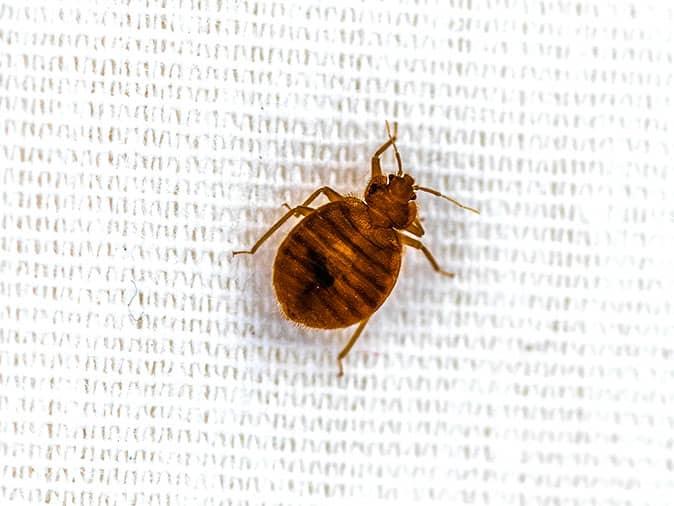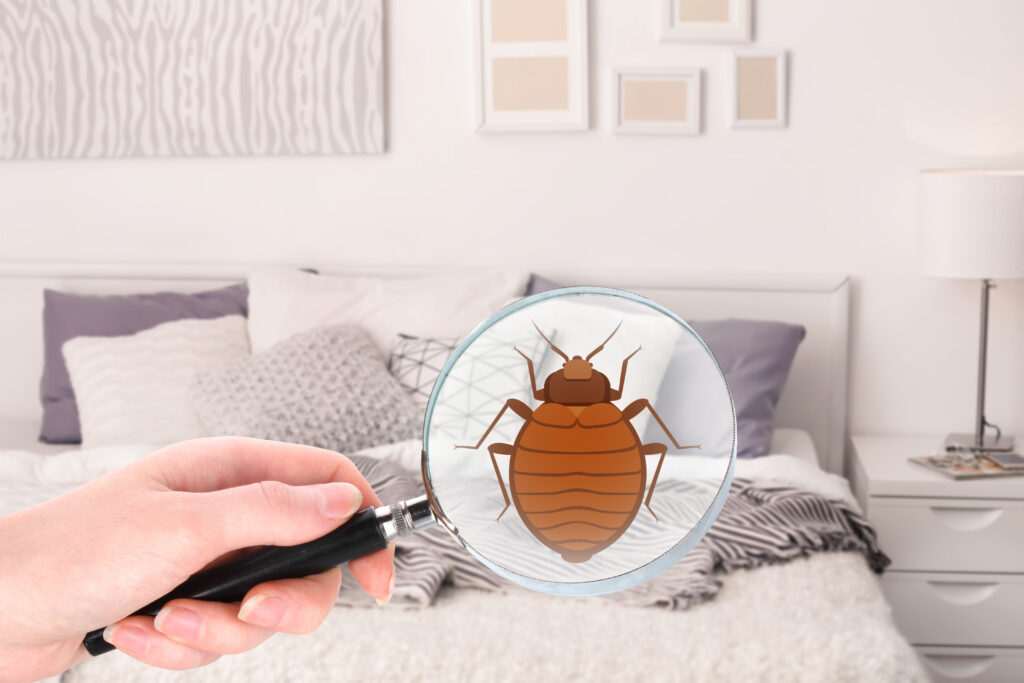How to Recognize Bed Bug Bites and Treat Them Quickly
How to Recognize Bed Bug Bites and Treat Them Quickly
Blog Article
Get Informed Concerning the Kinds of Parasite Control Approaches and Their Advantages for House Owners
Recognizing the numerous parasite control methods readily available to house owners is vital for effective insect monitoring. Property owners that are well-informed can make critical choices that not only address bug issues yet likewise enhance the general top quality of their living atmosphere.
Chemical Parasite Control Methods
Chemical bug control approaches are a vital part of integrated bug monitoring techniques for house owners looking for effective options to pest infestations. These techniques involve the application of chemical materials created to remove or discourage pests that intimidate personal home, health and wellness, and convenience. Typical chemicals used consist of insecticides, herbicides, rodenticides, and fungicides, each tailored to target certain bugs.
The key benefit of chemical parasite control is its quick effectiveness; lots of solutions give prompt outcomes, reducing pest populaces significantly quickly. Additionally, developments in chemical solutions have actually caused items that are a lot more eco-friendly and have lower poisoning levels for non-target organisms when applied correctly.

Organic Pest Control Methods
All-natural pest control techniques have actually obtained prominence as property owners look for more secure and more sustainable choices to typical chemical strategies. Organic pest control strategies utilize natural killers, bloodsuckers, or pathogens to handle bug populations successfully. This approach is not just eco-friendly however likewise lessens the risk of harm to non-target types, including helpful pests and wild animals.
Among one of the most usual organic control approaches includes introducing all-natural killers into the setting. Ladybugs can be made use of to regulate aphid populaces, while nematodes target soil-dwelling parasites like grubs. In addition, parasitoids-- microorganisms that survive or within a host-- can be used to manage particular insect types by laying eggs inside them, ultimately resulting in their demise.
Another strategy is the usage of biopesticides, which are originated from all-natural products such as germs, plants, or minerals (bed bug exterminator). These items can efficiently target insects while posing marginal risk to animals and human beings. Overall, organic bug control techniques supply house owners with an effective means of bug administration that aligns with eco-friendly principles, advertising a much healthier living setting while decreasing dependence on synthetic chemicals
Mechanical Insect Control Techniques
Mechanical bug control techniques incorporate a range of methods that physically stop or eliminate parasites without using chemicals. These strategies are especially advantageous for home owners seeking eco-friendly choices while ensuring the safety and security of their living areas.
One usual check my source method is using barriers, such as screens, webs, and traps, which avoid bugs from entering homes or particular locations. Mounting window screens can efficiently maintain pests out, while making use of physical barriers around gardens can prevent bigger parasites like deer or rabbits. Furthermore, mechanical catches made for rodents can capture and remove these insects without the requirement for poisonous materials.
One more effective strategy includes the usage of vacuums and brooms to eliminate pests directly from surfaces. Regular cleaning and upkeep can substantially reduce parasite populaces by removing food resources and concealing places. Using tools like ultrasonic parasite repellents can prevent various pests via audio waves that are undesirable to them however inaudible to human beings.
Social Bug Control Practices
Cultural pest control techniques concentrate on modifying the environment and administration methods to produce conditions that are much less favorable to pest invasions. These techniques are basic in maintaining a well balanced ecosystem and lowering the reliance on chemical interventions. By modifying agricultural practices, official website home owners can effectively deter bugs while promoting plant wellness.
One typical method consists of crop turning, which interrupts the life cycles of bugs Check This Out by transforming the kinds of plants grown in a specific location (bed bug exterminator). This not only lessens pest populations yet also boosts soil health. Additionally, intercropping-- growing diverse crops in closeness-- can puzzle parasites and decrease their capacity to find their recommended host plants
Water management is an additional vital facet of cultural methods. Proper irrigation strategies can prevent standing water, which acts as a breeding place for mosquitoes and other bugs. Furthermore, preserving sanitation in and around the home, such as consistently removing debris and food waste, can dramatically reduce bug destination.
Including these cultural practices right into a thorough pest administration method permits home owners to create an environment that naturally discourages insects, consequently improving the effectiveness of other control methods while promoting sustainable gardening and landscaping.

Integrated Insect Management Approaches
Integrated Parasite Monitoring (IPM) represents a holistic strategy that integrates various techniques to effectively take care of bug populaces while reducing environmental impact. This methodology incorporates biological, social, physical, and chemical techniques to achieve lasting bug control. By assessing pest populaces and their natural enemies, IPM highlights surveillance and identifying parasites before carrying out control steps.
Among the core principles of IPM is making use of thresholds, which develop the level of parasite activity that necessitates intervention. This makes certain that treatments are used just when needed, decreasing the dependence on chemical pesticides. Biological control approaches, such as introducing natural killers or parasites, job in combination with social methods like plant rotation and environment adjustment to interrupt pest life cycles.
Moreover, IPM encourages using least-toxic chemical options when intervention is essential, prioritizing items that position marginal threat to non-target organisms and the atmosphere. For homeowners, taking on IPM approaches not just boosts the efficacy of bug management however additionally promotes a healthier living atmosphere, cultivating biodiversity and reducing chemical exposure. Eventually, IPM equips home owners to make informed decisions that stabilize pest control with ecological obligation.
Verdict
In conclusion, recognizing the various parasite control approaches equips homeowners to make educated decisions relating to pest management. Each strategy-- chemical, biological, mechanical, social, and integrated bug management-- uses distinct advantages that cater to various needs and choices.
Understanding the different parasite control techniques readily available to property owners is crucial for effective bug management.Chemical bug control approaches are a critical element of incorporated insect administration strategies for property owners looking for effective services to pest invasions. On the whole, biological insect control strategies provide property owners with a reliable means of insect administration that aligns with ecological principles, promoting a much healthier living setting while reducing reliance on synthetic chemicals.
Cultural pest control methods focus on customizing the setting and monitoring strategies to create conditions that are less conducive to pest infestations.In conclusion, comprehending the different insect control approaches encourages homeowners to make informed choices regarding pest management.
Report this page